Stroom Invest interviews / artist Alexandra Martens Serrano
Alexandra Martens Serrano is an artist with a strong preference for research and knowledge. Her projects result in a variety of media from ceramics and drawing to performative interaction and visual publications. But language and objects have always been the binding elements in her web of thought patterns.
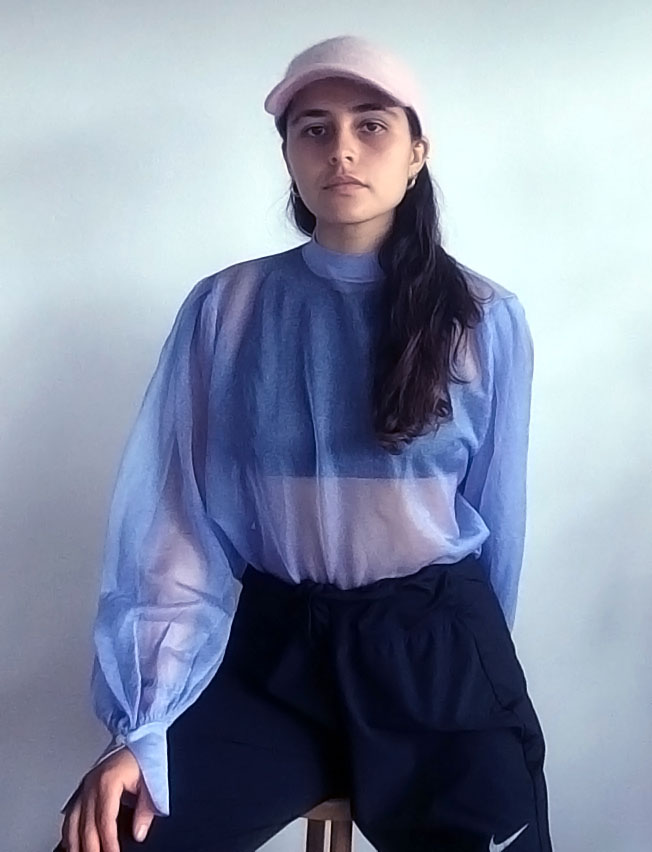
Frits Dijcks: What have you been up to lately? I see you have moved to Amsterdam?
Alexandra Martens Serrano: Yes, I was traveling quite a bit for the past two years doing residencies and research projects abroad. When I came back, I decided to move to Amsterdam to start a masters study at DAI (Dutch Art Institute) which starts in September. Although the program is nomadic in essence and held in different locations.
So you are not a The Hague based artist anymore?
I guess not. I have lived in The Hague from 2010 and I always considered myself an artist from The Hague, as it has shaped my practice fundamentally, but now I might have to give up that title.
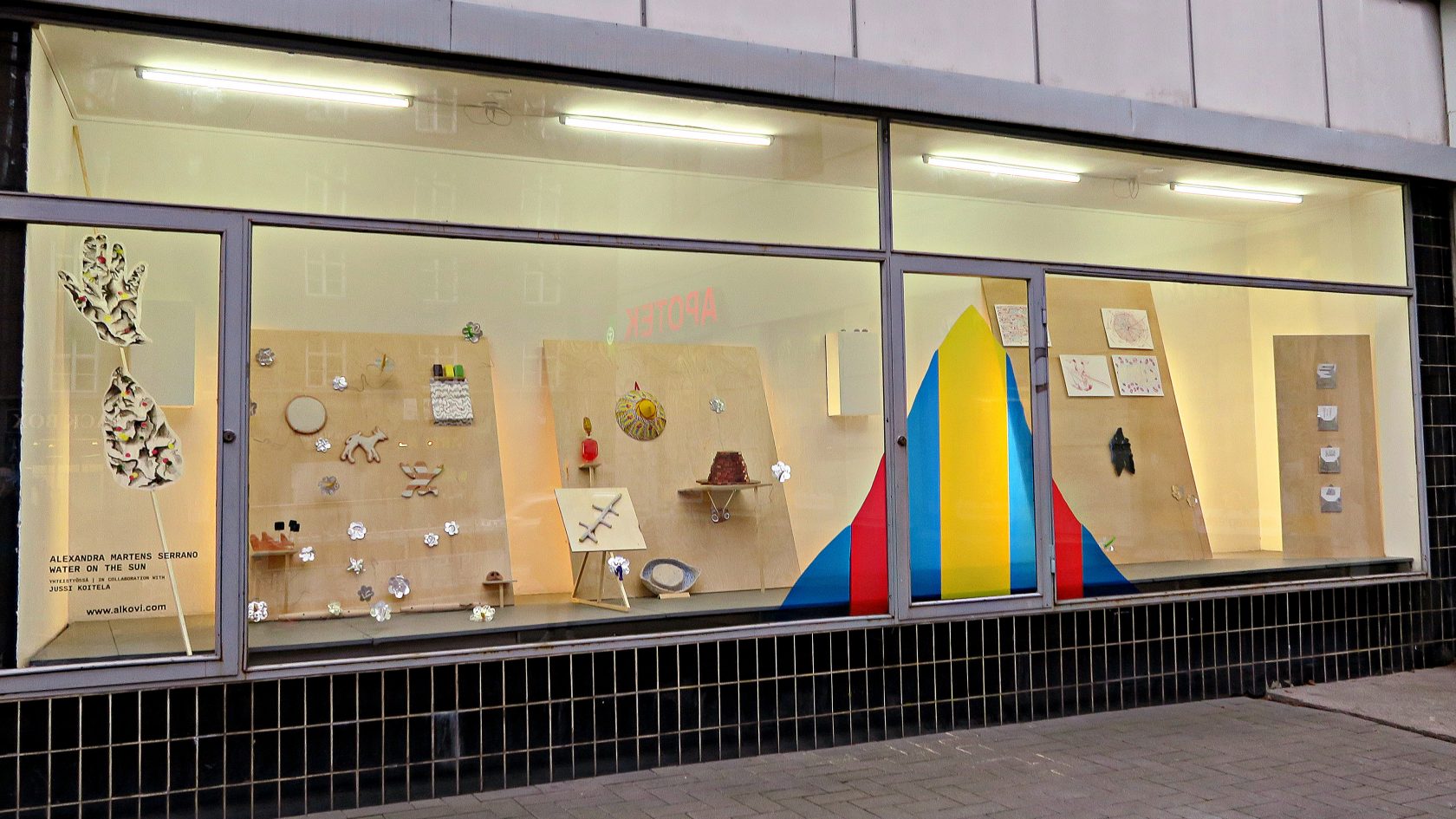
How did you experience the corona lockdown?
For me it was kind of like settling to a new rhythm of production. Travelling changed the way I was approaching my practice. I am very studio based in general. But moving around, or being in temporary spaces, I couldn’t always take my works back with me. So it forced me to think about how to manifest my ideas not always as physical artifacts or to adapt and condition these to new treatments. Now I am entering a new stage in which I work a lot with software and technology, which is very new for me because I used to work with handmade techniques, molding, sculpting and reshaping things.
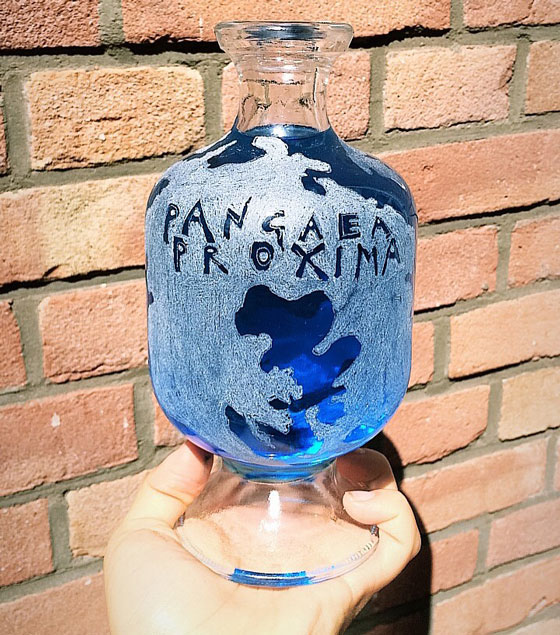
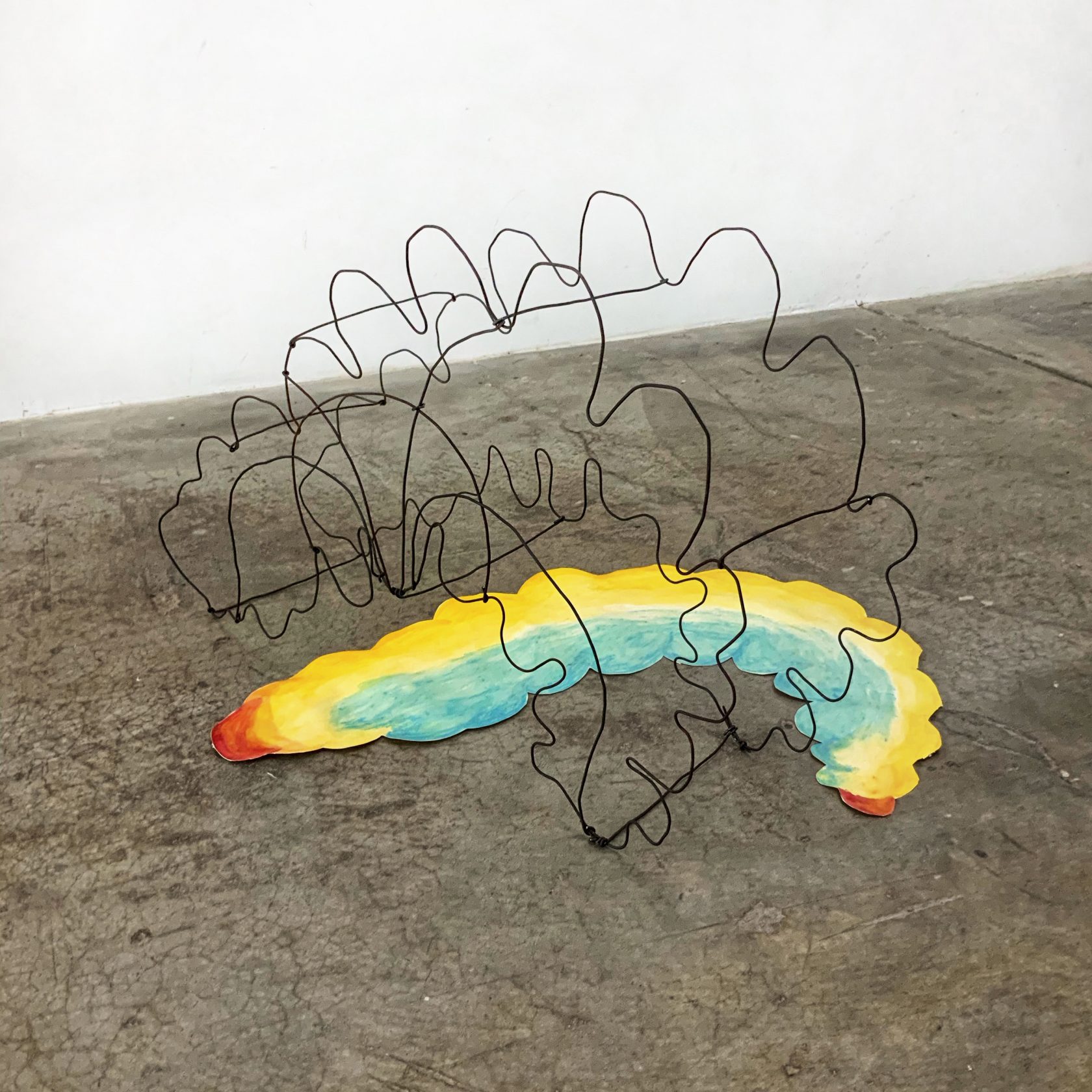
So there are two changes happening in your work at the same time? From permanent to temporary and from physical to digital works?
Yes.
Is it the consequence of practicalities and logistics or does it also have an artistic aspect deriving from your work?
The temporary part was the consequence of logistics but it was also a choice to push myself to expand the boundaries of my production method because I didn’t want to be focused on a limited set of how I could express or translate my ideas. How would I produce my art differently if it had to be time-based? I also started writing a lot more and started working with film and with materials that are easily reducible and compactable, even if they were big at first but that I could take apart later.
And for the technological part, it was a natural step because it underlines a lot of patterns which I have been interested in but I never came to the point of exploring them by myself before. It has to do with media literacy, so it is not only about what you are saying using the medium but also what the medium itself is communicating. I find that super interesting because I am very drawn by the evolution of language, as it’s a very prominent tool for us as a society. Within my work I deal a lot with poetics and with magical thinking as way of resisting standardization. I think areas of technology also have shadow discourses that touch upon that aspect. It is kind of bringing the impossible realm into possibility in exciting ways.
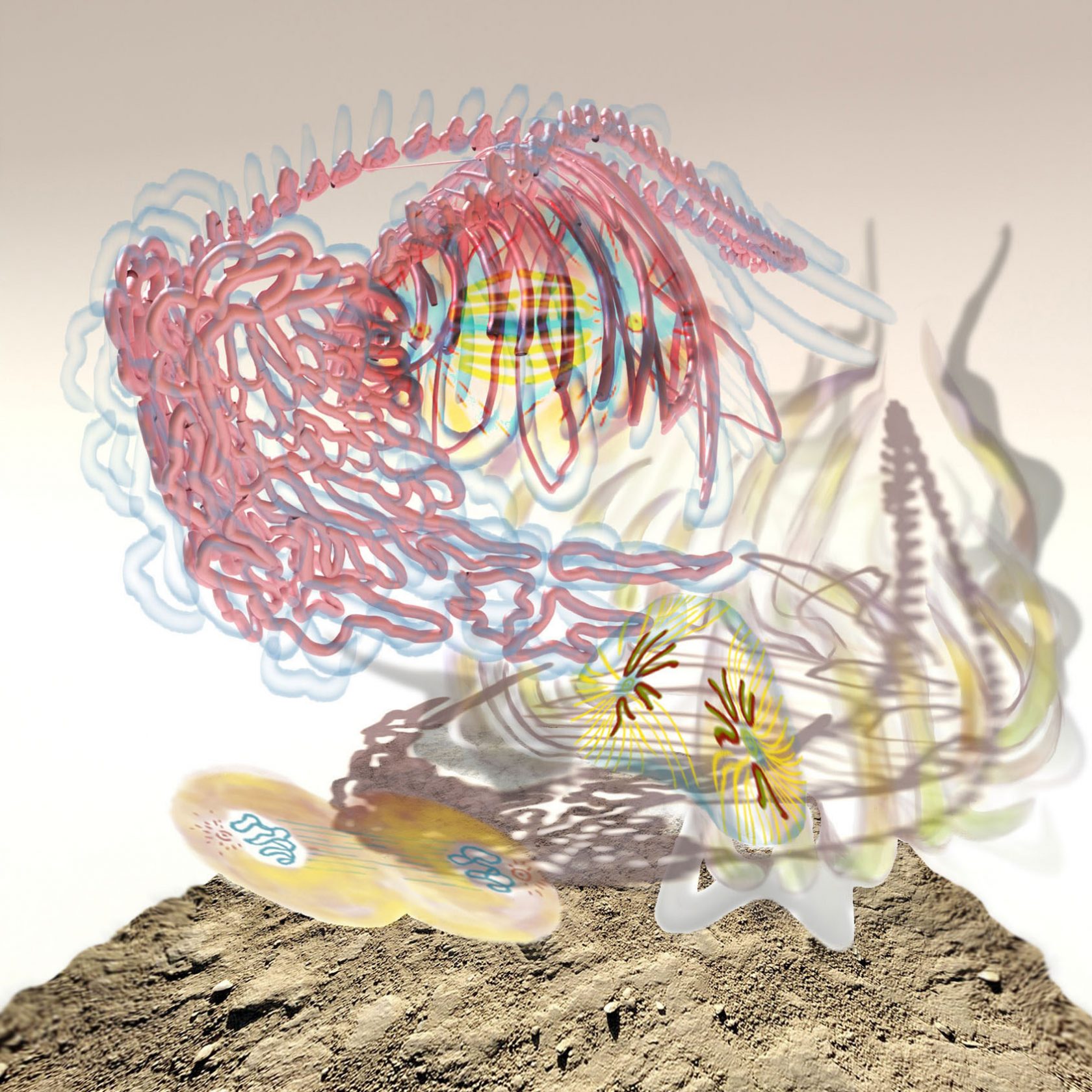

Let’s get back to the beginning. Where did it all start?
So, my dad is Dutch and my mom is from El Salvador. During my childhood we moved around a lot and I lived in various countries. The change of social and physical spaces affected the way I absorb the world and culture especially. And narratives. For me, stories are a very big thing. Within my work I deal with manipulating and structuring narratives. To forget about things or to shape the past and the future. Time is not very linear to me. In my mind I am never sure what memories happened first, so everything is part of this big web of experiences and stories. The hierarchy of narratives has also dissolved, so the ghost stories from my grandma are just as important as what I learned at history class. To me it is more about what is happening within those stories and how they are being communicated, rather than the importance of what is true or not.
Do you remember in what country you started to think about becoming an artist?
I think it is more a question of noticing about when art was thought of as a particular thing separate from the structure of society. Latin America is culturally very rich. And I also lived in Vietnam when I was smaller, so I encountered a lot of traditions and esthetic things that are very much ingrained and implemented in everyday life. It was more the cultural clash between the Western and non Western esthetics and the different spaces that you could assign to art. That’s when I started thinking about art as a thing in itself and that it could be a tool to touch many aspects of human life. But I don’t really know when it happened. My family was also artistic. I was dragged to many museums and was shown many books and films. So art was always floating around me. Art was a comfortable language for me. It just made sense, art was a comfortable language for me but also a challenging one.
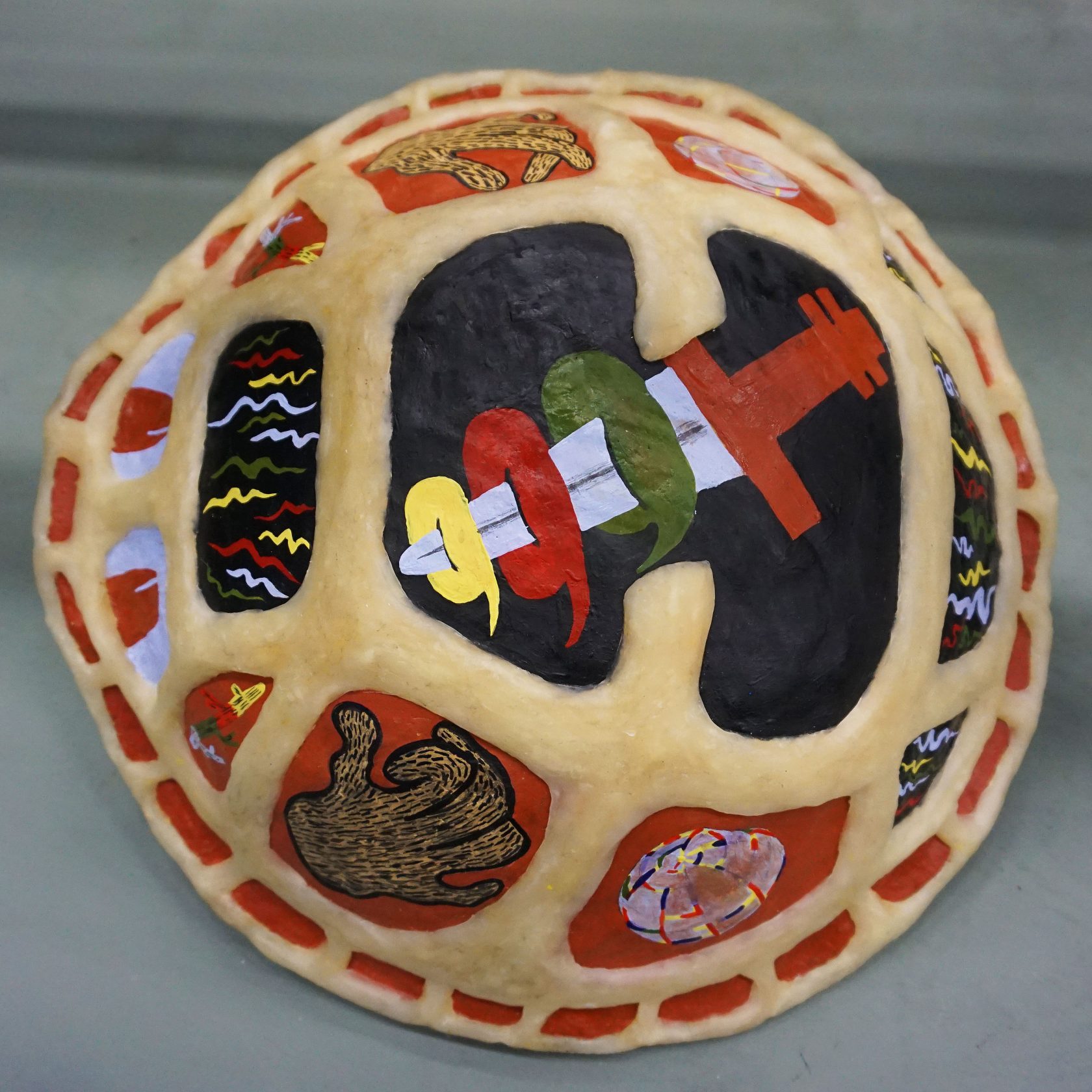
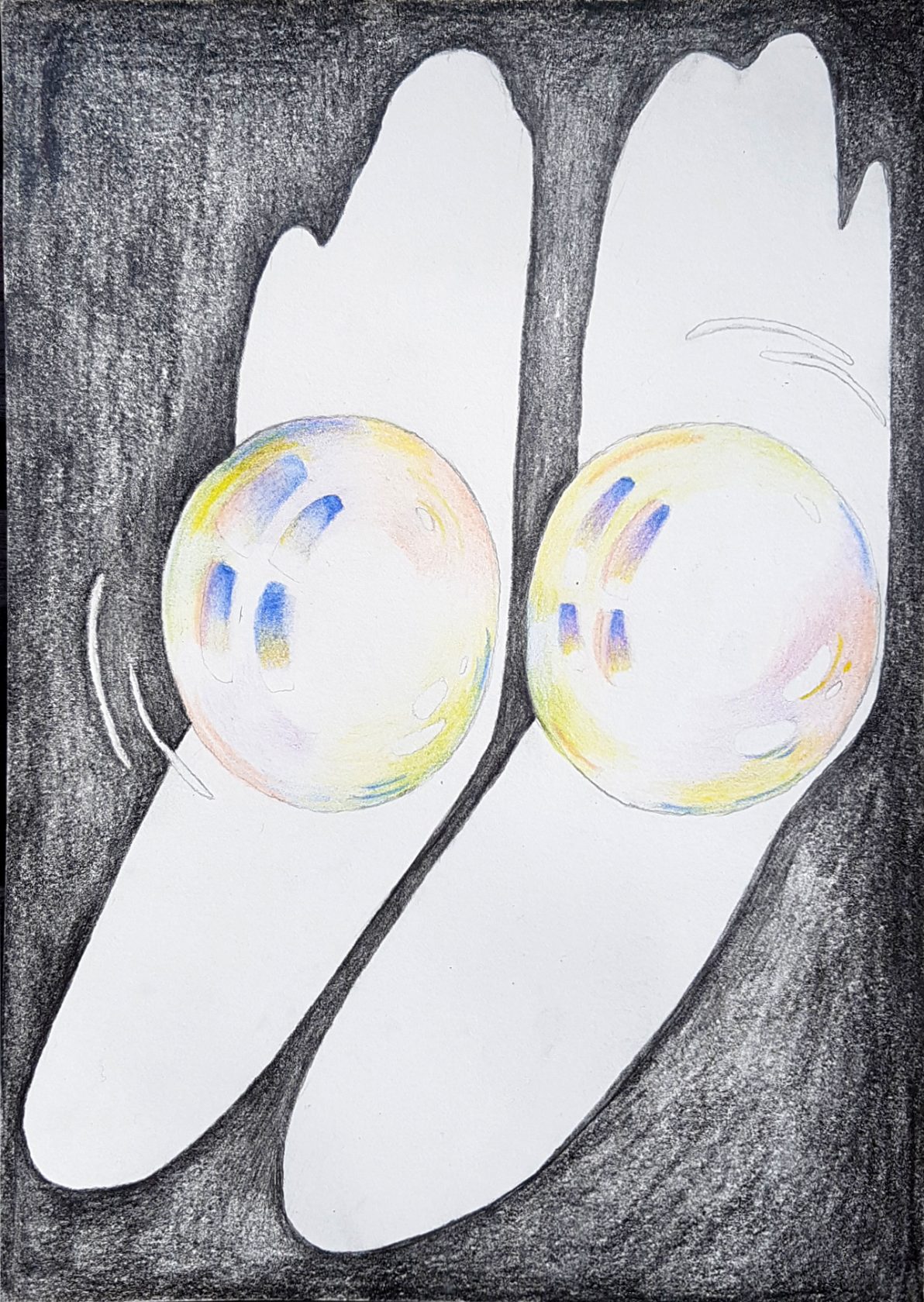
Your interest in the relationship between objects and stories is also something you grew up with?
Yeah, my parents collect a lot. The house looked a bit like an ethnographical museum with objects from all the places they visited or lived in. What also fascinated me were the stories you were told in museums about the use of objects. I like to think of objects as vessels that contain and drag information from different points in time. When you stand in front of these objects, every bit about them transmits different levels of knowledge. How they were produced, what materials have been used, what people are telling you about them. Our information about them is limited to what we know at that moment. I find it very interesting that the narrative of our species is interlinked and interdependent with these entities. I find that very beautiful and we are constantly shaping and reshaping them. And they play a very important role because they are defining us as well. Within my work I try to give space for these things to speak and to create meaningful gestures with them, where stories can happen.
That means your art works also become vessels for information?
Yes, definitely. When you encounter an artwork, they are filled with images and sensibilities that an audience absorbs. And they create their own links and connotations to the things they observe. So yes, they are vessels, but they are also producers in the sense that they ignite things beyond their own capabilities.
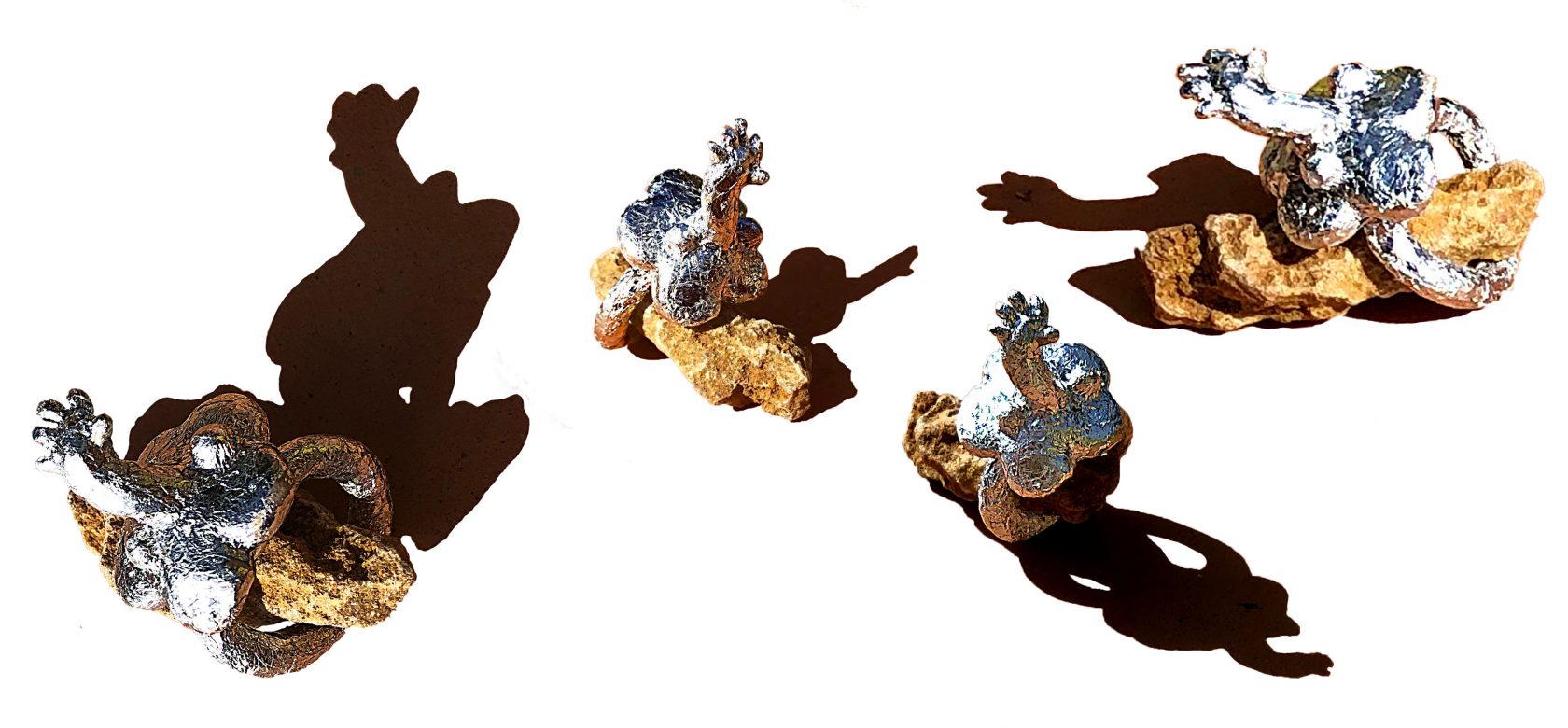
As an artist you add your own objects to the world. Do you document the results of the dialogue with your audience?
That is something I am developing a bit more now. Before I had a more static approach, but since l did a residency in New Orleans I started working with this idea. With the Finnish curator Jussi Koitela I developed a proposal to do a research at Deltaworkers residency on what I call ’non rational ways of thinking’. Basically it is about structures of behavior that are not validated systematically but persistent in the essence of humanity. I was researching on the different methods of fortune telling and hybridized thought processes in a culturally and historically charged space like New Orleans. I worked with a woman who does bone reading and it was interesting for me to see people who directly communicate with non-human agents and how they are given the position to tell others their future storiesbased on these exchanges.
You also speak about ‘domesticated objects’ within that project.
Yes, domesticated objects are objects you spend enough time with to create a meaningful link to them. It is kind of having a house pet. You are feeding the object and at the same time the object is also reflecting things about you. You can become intrinsically attached to them. Sometimes it’s obvious, because it was a gift, but it can also be your favorite t-shirt or something that has caught your eye and grew into becoming a talisman.
Moving around was interesting for me but also difficult because you have to learn how to detach and to measure what you want to keep or throw away. This works in the micro sense thinking about what surrounds you and speaks of you in your personal universe. But also in the macro sense: what are the things that define us as humans? When we look at it in a bigger and smaller sense it also proposes what we can become.

Did you come to some sort of conclusion about our relationship to objects?
How we deal with objects is of course very dependent on the context. Objects are also subject to a history of colonialism. A lot of objects that speak about specific people or locations are not part of the physical reality of that place anymore. How do you deal with your talisman, being somewhere else? Does it define you when someone else is holding it? I like to be playful in my work, especially when it comes to language. I like word plays and the mistakes that happen because it breaks the standardization and the idea of ultimate truths that we have about things. For example, there was this object in the British Museum in London. It had been displayed in a specific way for a long time. And after some reworking on it, they found out that they have been displaying it upside down. It turned out not to be a vase, but something else. I find it amazing that an object that was set up in an institutional setting and that is upheld with some kind of truth value and at the end of the day, it is just wrong. How many people were exposed to this story? And how did it shape the perception of a cultural identity? I find that very beautiful and human as well when you have these glitches.
Yes, it is beautiful and interesting and funny sometimes. But don’t you think this is also dangerous? It is also part of ‘framing’ stories. That’s what is happening in the media all the time.
Yes, this is why I am interested in it. It is about playing, but at the same time it is highly critical. Everything is always manipulated and subjective. History is told only from very few perspectives. Coming from Latin America, I know how histories are being manipulated by many people. But I look for the space where different universes can collide. I try to create proposals for the discourse where these things can talk. And where you can question hem. What if…? Or what can be true or not? That is also why I am interested in technology. We have a lot of trust in technology, but it is capable of manipulations that go way beyond our understanding right now. We see Artificial Intelligence as an effective and objective machine, but you have to feed it with information. And that information is always subjective, so consequently AI is not an objective entity.
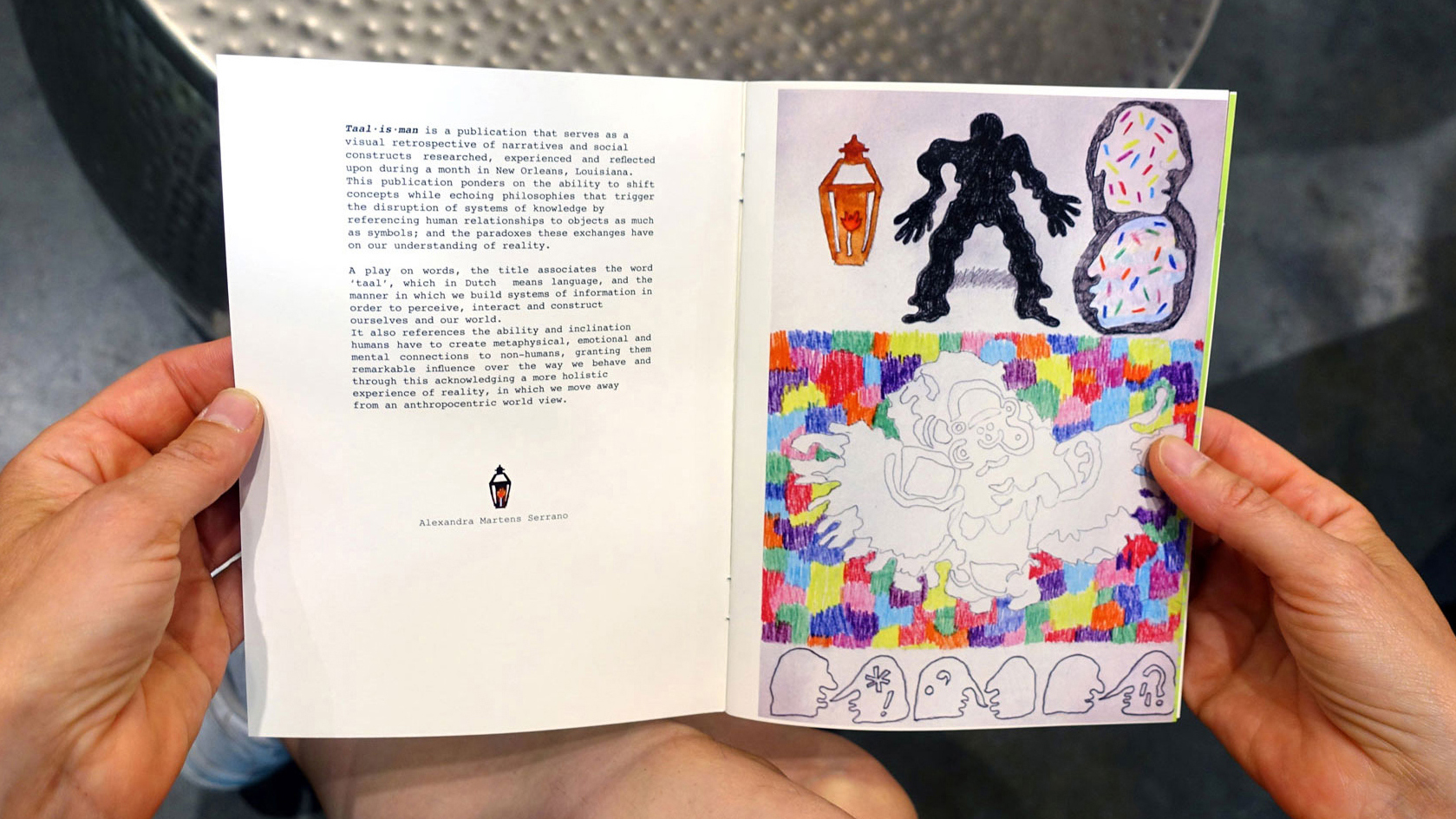
What are your first steps in digital art?
Drawing is an essential part of my practice. Currently I am making 3d sculptures and drawings with a VR set. Which is quite insane because you expand your drawing, so you can stand inside its structure. And you can minimize it to a scale where you can hold it in your hand. It lets you have a completely new relationship to your work and sense of space. It is very exciting.
Right now I’m working on sketches about a phenomenon called ‘the whale fall’, which is the moment when a whale carcass falls to the floor of an ocean. Usually they get consumed before this can happen, but when they fall all the way to the bottom of the ocean it creates a very localized eco system. It is interesting how this massive structure is housing a web of interaction and how it creates a space for a multitude of organisms – a community- to develop very rapidly. The carcass houses all the nutriments so that organisms can make very big evolutionary leaps.
For me using software is like learning a new languageor like adding an accent to my own language. I am reflecting on my thought processes, which I see as a web of interconnections. Recently I made a specific digital object that serves as a non-linear timeline and is based on cornucopia, the horn of abundance. I started thinking of how my own works fit into this map, and how they discuss and influence each other consistently. It allows me to hold in my mind a large number of propositions and give them space to converge in unpredictable ways.
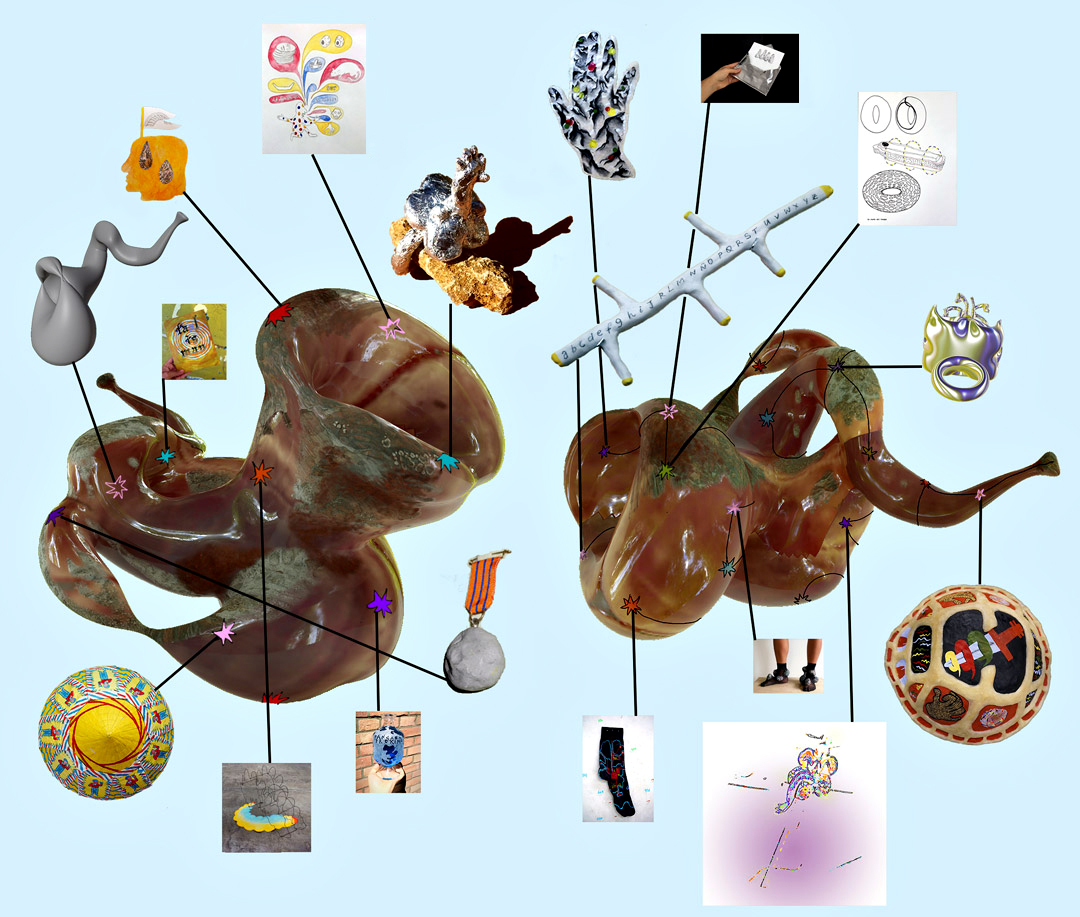
The Invest Week is an annual 4-day program for artists who were granted the PRO Invest subsidy. This subsidy supports young artists based in The Hague in the development of their artistic practice and is aimed to keep artists and graduates of the art academy in the city of The Hague. In order to give the artists an extra incentive, Stroom organizes this week that consists of a public evening of talks, a program of studio visits, presentations and a number of informal meetings. The intent is to broaden the visibility of artists from The Hague through future exhibitions, presentations and exchange programs. The Invest Week 2020 will take place from 21 to 25 of September.